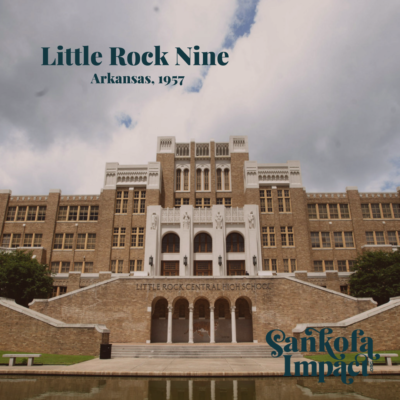Concrete benches line a reflection pool in front of an Arkansas building with the words, “Little Rock Central High School.” In the Fall of 1957 the campus would have been chaotic. The courtyard would have been filled with local police, national guard, and an angry white mob rioting against the integration of nine Black students into this previously all-white high school. The sounds of shrieking, wailing, and bitter obscenities would have filled the air. All of this because a small group of students wanted to attend school.
15-year-old Elizabeth Eckford believed Central High School would help her achieve her dreams in a way that the all-Black high school could not. The NAACP challenged the gerrymandered and segregated district by recruiting Elizabeth and eight other accomplished Black students to integrate the high school in Little Rock. The Eckford family did not receive the call informing them of a changed meet up location for the students. On the first day of school, Elizabeth arrived alone to a terrifying mob, and a slew of racial assaults.
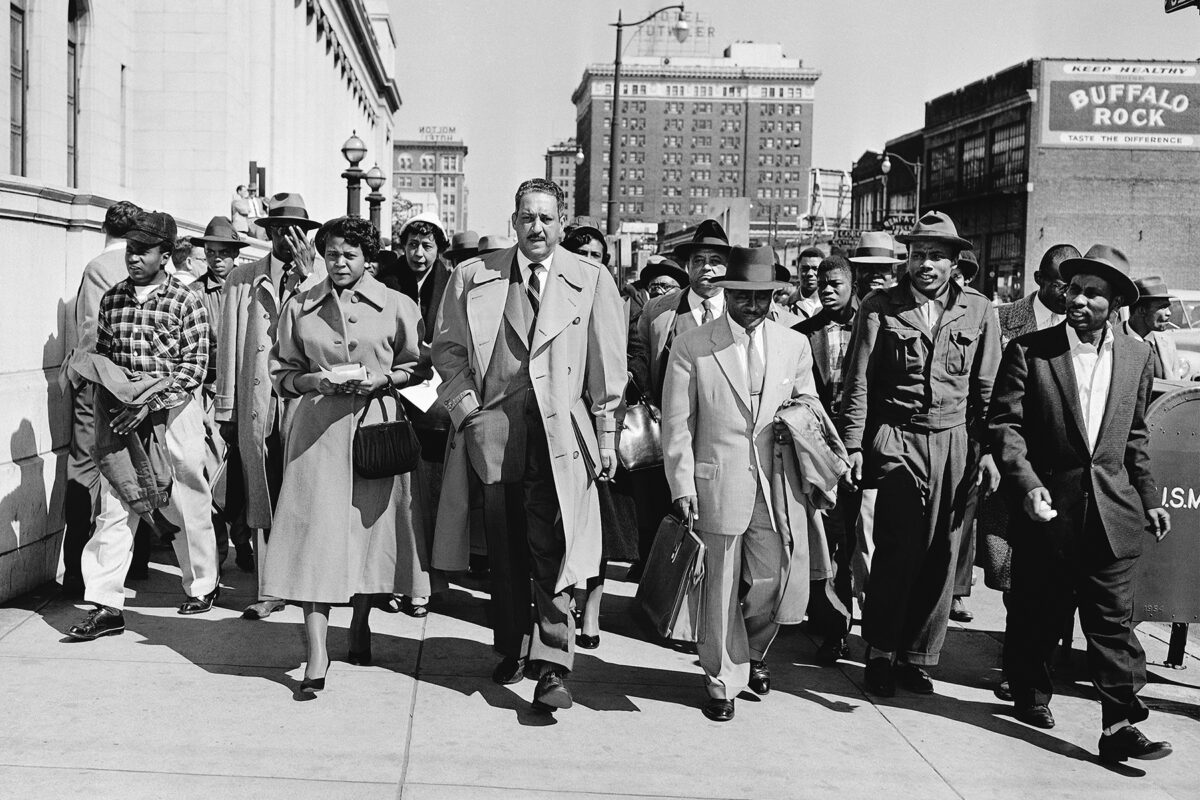
Three years earlier, Thurgood Marshall argued a landmark case, Brown v. Board of Education of Topeka. The ruling held that segregated public schools and educational facilities were unconstitutional and called for the desegregation of all schools in 1954. This ruling overturned the “separate but equal” doctrine established in Plessy v. Ferguson of 1896. Despite the Brown v. Board ruling, social structures like housing, employment, and transit would take years to desegregate.
Through violence and opposition, the Little Rock Nine persisted. Eventually Ernest Green became the first Black graduate of Central High School. The rest of the Little Rock Nine, including Elizabeth Eckford, completed their high school careers through correspondence or at other high schools. While the Little Rock Nine have been recognized for their role in the Black American Freedom Struggle, the violence and hatred they faced as teenagers has caused significant pain and trauma that has lasted a lifetime.
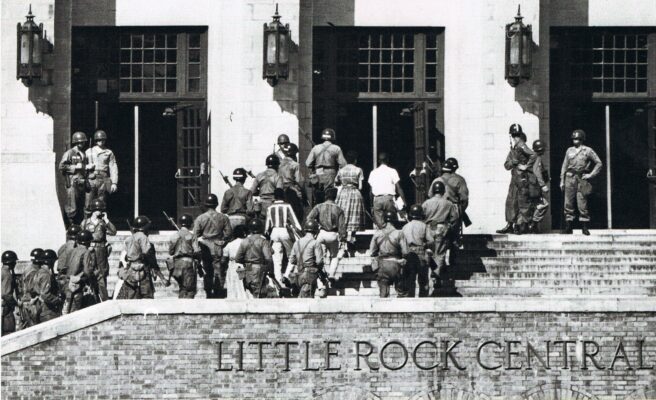
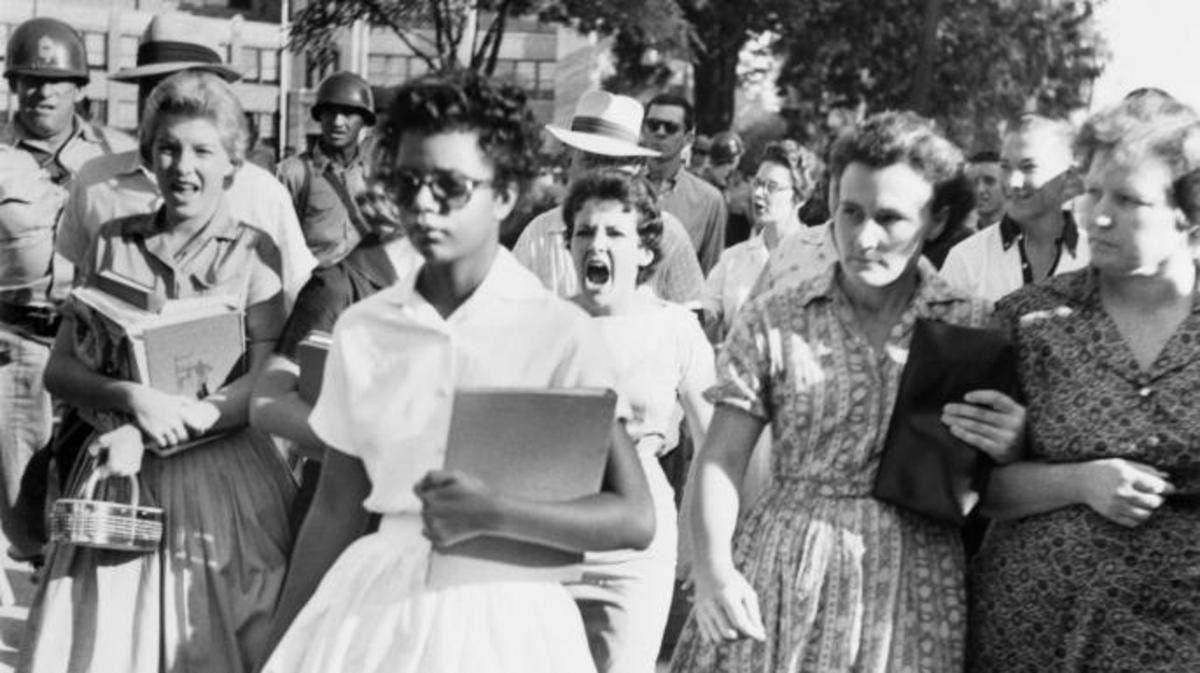
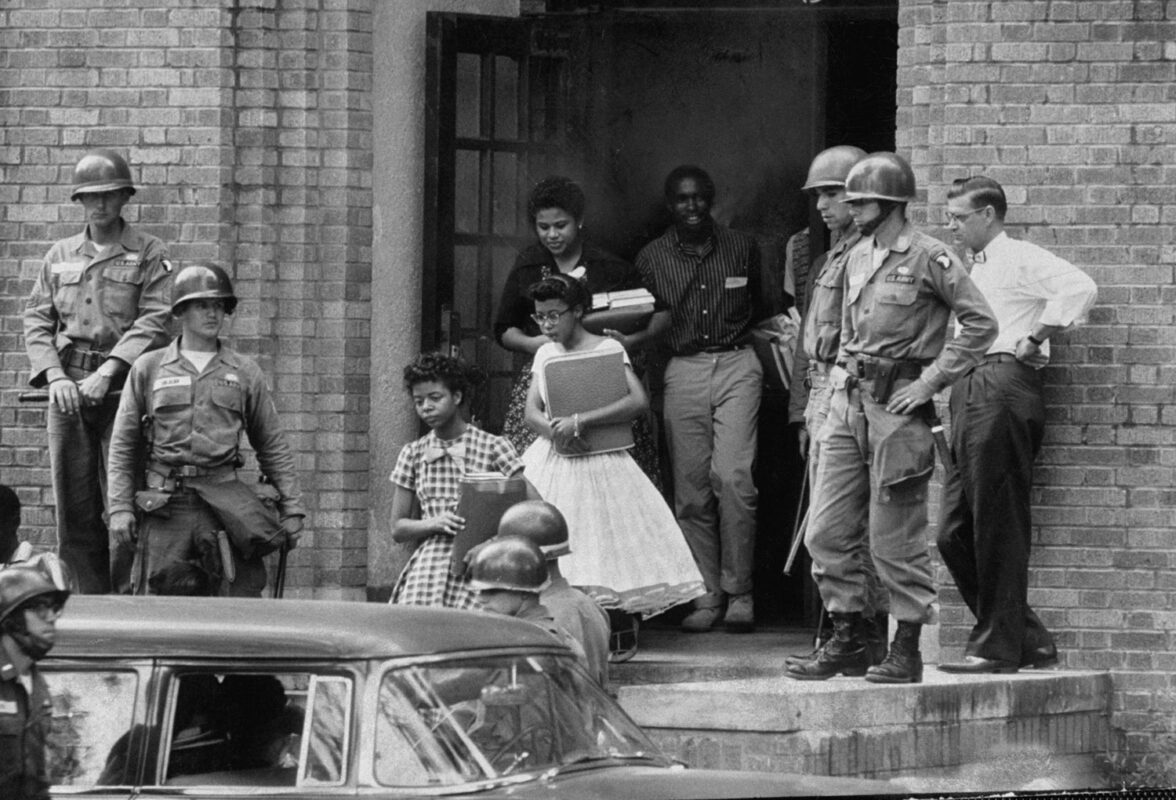
Today, school districts across the country are re-segregating and the problem remains largely unaddressed. Little Rock Central High School has reverted back to a segregated high school, but in the reverse. Beginning in the 1950s, white families fled the neighborhood, causing residential and educational segregation in Little Rock. With schools remaining heavily segregated by race and ethnicity today, the legacy of segregation in this country continues to relegate too many Black and Brown students to schools that are under-resourced
